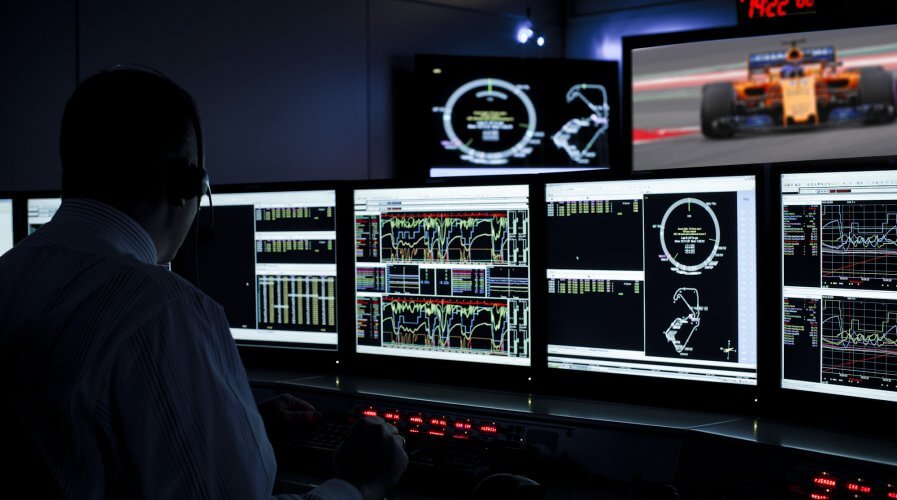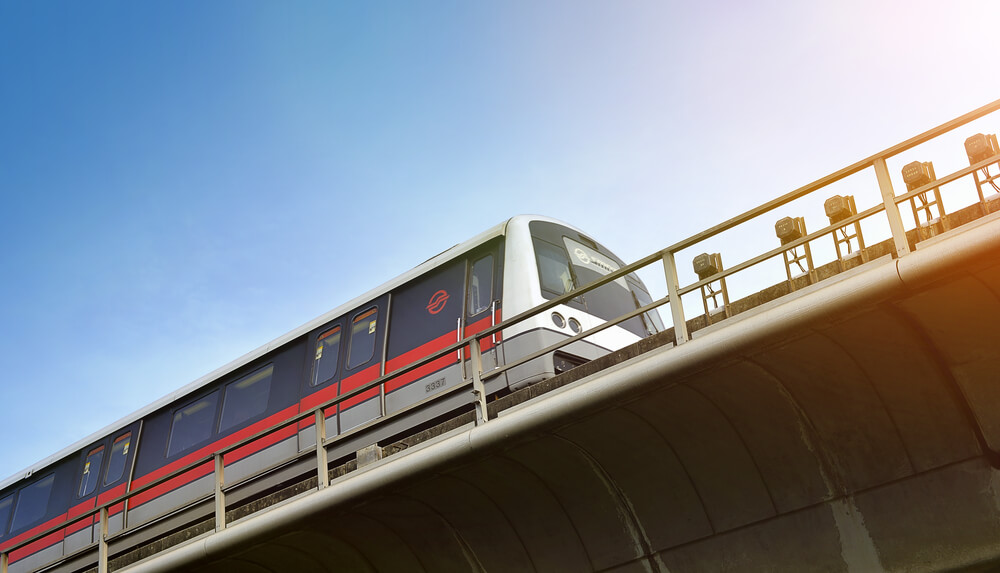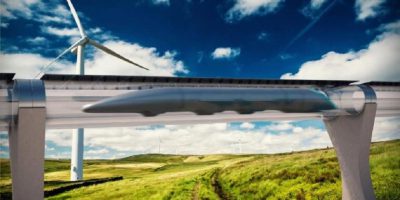
This marks the first time that engineers at SMRT and McLaren Applied Technologies are jointly seeking to adapt race car condition-monitoring technology to monitore the performance of MRT trains. Source: SMRT Corporation
Singapore deploys McLaren’s F1 tech to monitor MRT train performance
SINGAPORE’S SMRT Trains will be working closely with UK-based McLaren Applied Technologies to adapt Formula 1 race car technology to monitor the performance of its MRT trains as the city-state looks to preserve its status as having one of the most efficient public transport networks in the world.
McLaren Applied Technologies, a technology arm of the McLaren Group which includes the Formula 1 team, McLaren Racing, and the high-performance car maker, McLaren Automotive, will work together on condition-monitoring solutions that can track and predict the performance of SMRT trains.
The joint-venture, forged after a memorandum was signed on Feb 23, marks the first time that engineers at SMRT and McLaren Applied Technologies are jointly seeking to adapt race car condition-monitoring technology to monitor the performance of MRT trains.
SMRT Corporation said in a statement that such technology is commonly used aboard Formula 1 race cars to provide vital information derived from highly specified data capture, in real-time, to the F1 pit crews and mission control.
With about 21 races throughout the Grand Prix season, the McLaren race team captures an average of more than 12 billion real-time data points from over 300 sensors embedded on its two race cars.
“Expert analysis of the data allows the team to monitor in real-time, perform detailed analysis and make informed decisions in mission control to optimize on-track performance,” the corporation said in a statement.
“These condition-monitoring sensors and high-speed loggers installed on race cars are small and lightweight as space aboard the cars are limited and adding weight must be completely justified.”

A Singapore mass rapid train (MRT) travels on the track. The MRT has 106 stations and is the second-oldest metro system in Southeast Asia. Source: Shutterstock
The corporation said the sensors are also of robust construction to withstand the stresses imposed during high-speed races, meaning they can be readily adapted for use on trains.
It said SMRT-McLaren Applied Technologies team would work on customizing condition-monitoring solutions to monitor the train motors, brakes, pneumatic systems and gearboxes fitted aboard one SMRT train; these will collectively serve as a test-bed for proof-of-concept.
“This test-bed train will, in turn, allow engineers from SMRT and McLaren Applied Technologies to validate the performance of an end-to-end condition-monitoring platform.”
SMRT President and Group CEO Desmond Kuek said SMRT has been pioneering the development of rail condition-monitoring sensors to minimize disruption of its commuter service, optimizing train performance by detecting and rectifying emerging defects early.
“We look forward to collaborating with McLaren Applied Technologies to elevate this capability further, combining our engineering expertise in rail with their proven capabilities harnessing sensors, telemetry, and software in motorsport,” he said.
“McLaren’s motorsport technology will be adapted and installed on board our first Proof-of-Concept SMRT train later this year. When implemented fleet-wide, we expect to bring about enhanced safety, reliability and comfort for commuters on our rail network.”
McLaren Applied Technologies Acting CEO Dick Glover said: “This unique partnership with SMRT will deliver an advantage for Singapore by maximizing vehicle availability and maintenance capacity of their train services.”
READ MORE
- Ethical AI: The renewed importance of safeguarding data and customer privacy in Generative AI applications
- How Japan balances AI-driven opportunities with cybersecurity needs
- Deploying SASE: Benchmarking your approach
- Insurance everywhere all at once: the digital transformation of the APAC insurance industry
- Google parent Alphabet eyes HubSpot: A potential acquisition shaping the future of CRM




